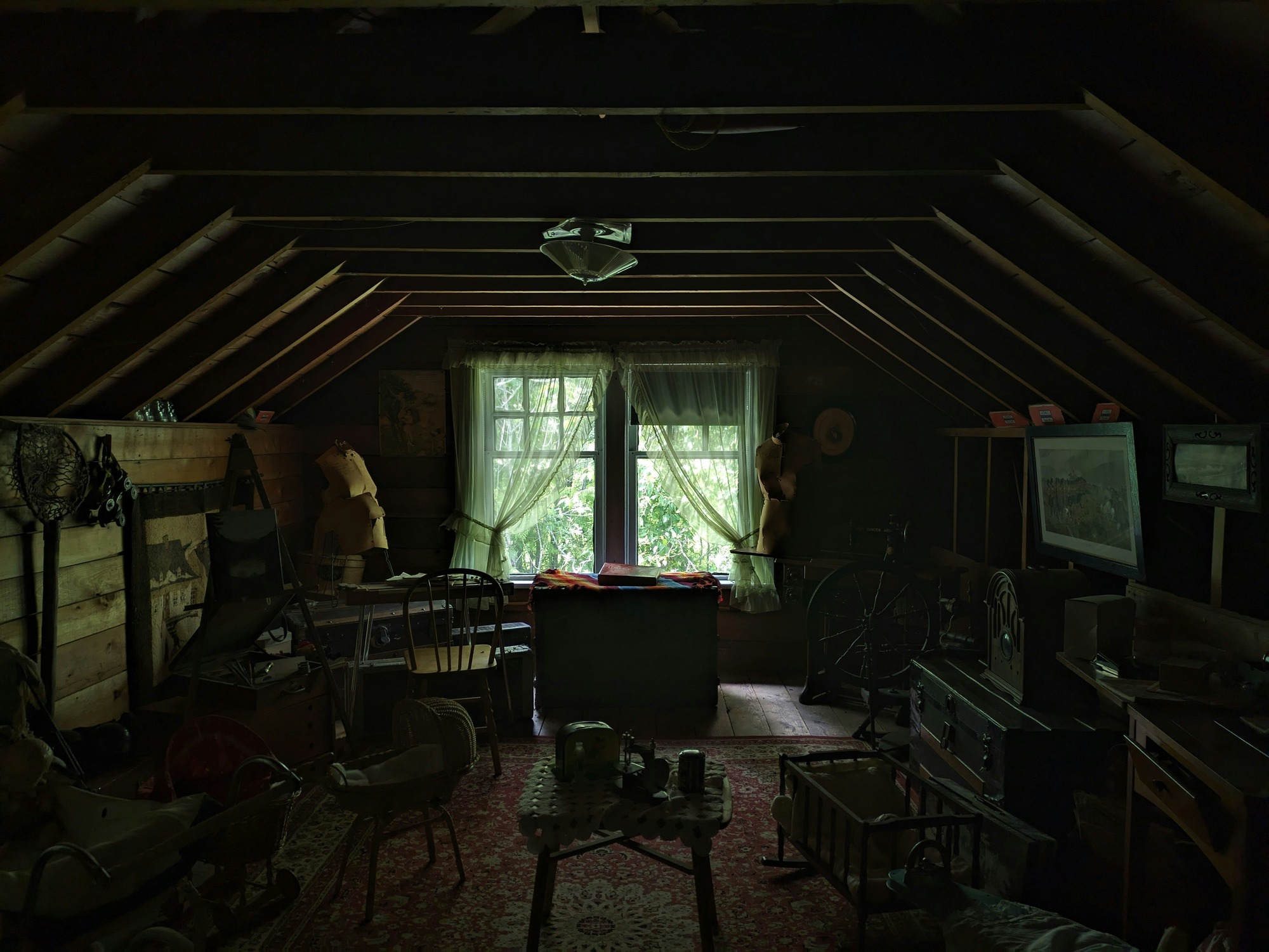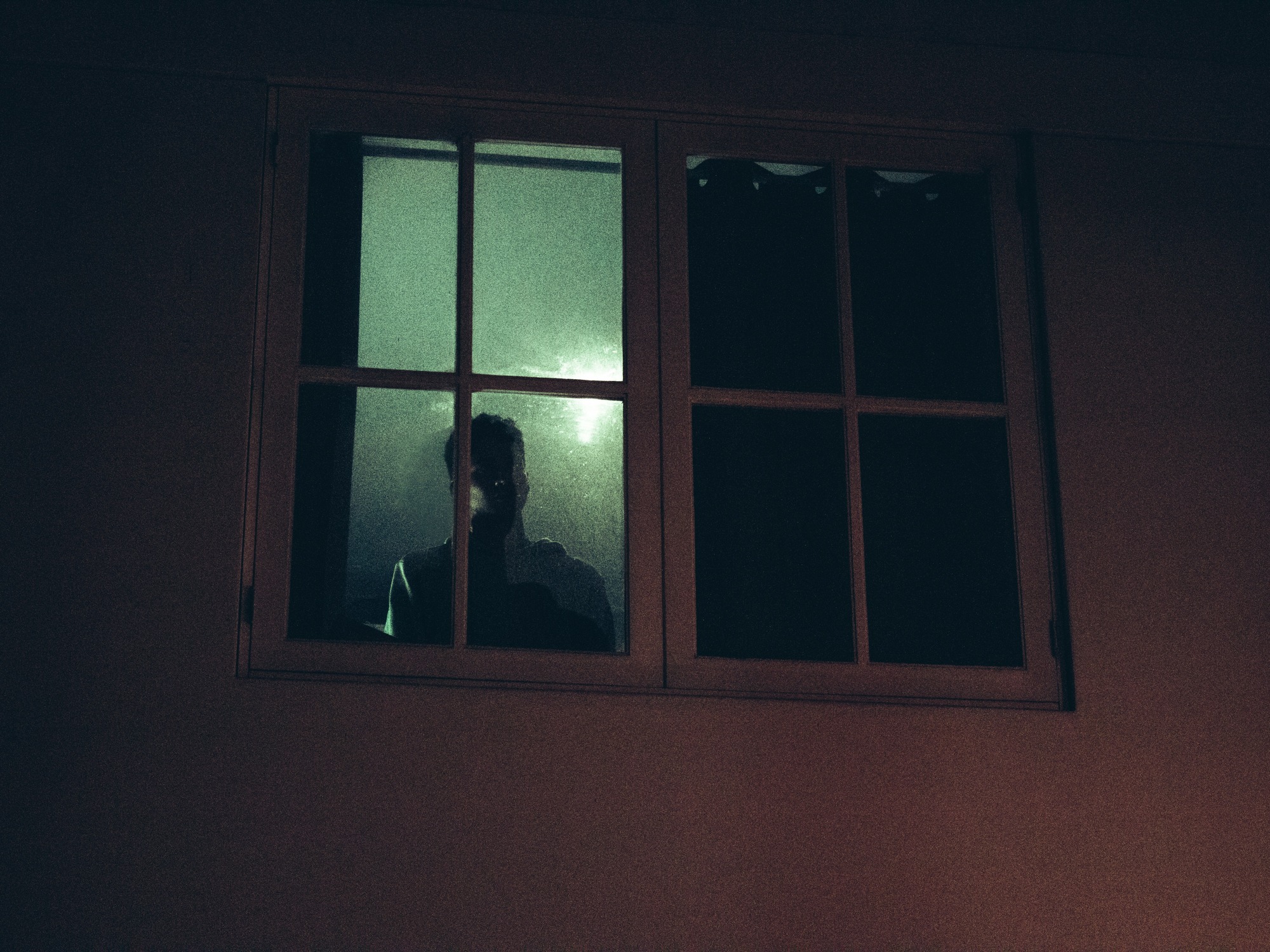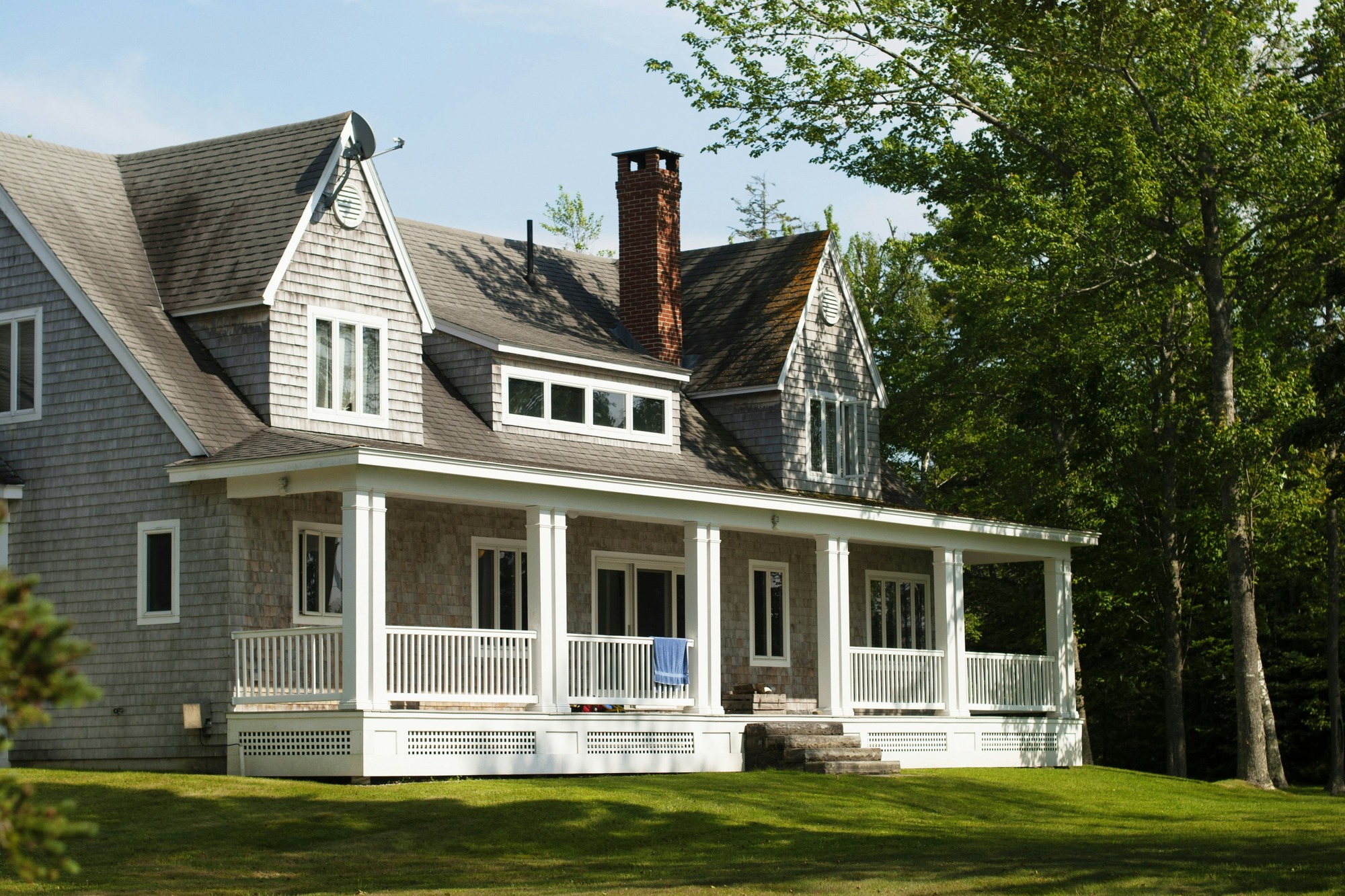The air is cool, the high desert is nearly completely silent, and the Milky Way stretches like glitter across the sky overhead. From the jagged silhouette of Smith Rock to the juniper filling the air in Sisters, this is one of the last places where you can see the stars as our ancestors once did: wild, brilliant, and unfiltered.
Sisters, a small western-style town in Central Oregon, was recently recognized as an International Dark Sky Community, joining an elite group of other nearby areas and putting Oregon on the map for stargazers everywhere. In a modern world, where 80% of the population can no longer see the Milky Way, dark sky communities are a rare and special space.
According to DarkSky International, Dark Sky certification is a designation awarded by the International Dark Sky Association to communities, parks, and places that protect and preserve night skies by reducing light pollution. These certified areas commit to responsible outdoor lighting, public education, and long-term efforts to maintain naturally dark environments. Since its origin in 2001, Dark Sky has certified over 200 places in 22 countries and across six continents.
Central Oregon is special not only because of Sisters' newest recognition but also because it's home to three other Dark Sky-certified locations: Sunriver, Antelope, and Prineville Reservoir State Park. Central Oregon also borders the Oregon Outback, the largest Dark Sky Sanctuary in the US.
Why Dark Sky Certification Matters
The International Dark Sky Association (IDA) is dedicated to protecting the night skies for present and future generations. Their mission is to “combat light pollution through education, advocacy, and the promotion of responsible outdoor lighting, helping people and wildlife experience the natural nighttime environment.”
Many factors, including streetlights, advertisements, landscaping, interior lighting, and factory lights, contribute to light pollution. In populated areas, light pollution is so severe that 99% of the population can't look up and see the natural sky in the US and Europe.
The effects of light pollution go beyond hindering stargazing. Unnatural light can affect wildlife, human health, and the environment. Protecting spaces that adhere to standards and practices that promote the responsible use of artificial lighting is essential to preserving the sky for humans and nature.
Why Central Oregon?
Most of North America has become so developed and populated that seeing the stars isn't possible; however, thanks to Central Oregon's high desert climate, elevated terrain, and low population density, light pollution here is minimal. On a cloudless night, it's not uncommon to spot the Milky Way and Northern Hemisphere constellations.
Central Oregon communities like Sunriver, Sisters, and Antelope have implemented strict outdoor lighting ordinances to limit artificial glow.
Observatories, resorts, and tour operators across the region are offering nighttime experiences, from snowshoeing under the stars to telescope sessions at local breweries. Embracing these areas of dark skies showcases both conservation and adventure, which are truly a core part of Central Oregon's identity.
“Our dark skies are truly one of the many treasures of our region, and we're thrilled that Sisters and Antelope have joined the growing list of areas in our state to receive this recognition,” said Scott Larson, President & CEO for Visit Central Oregon. “These designations show our communities' commitment to preserving Central Oregon's natural beauty, and it offers visitors a unique opportunity to experience the night sky as it was meant to be seen — clear, dark, and full of wonder.”
Where To Enjoy Central Oregon's Dark Skies
Sisters
Sisters has a charming downtown with art galleries, incredible coffee, mountain views, and some of the clearest, darkest skies in the state. While there's no observatory in town, the wide-open landscapes outside city limits make it easy to set up a telescope or lie back and watch the stars.
During the day, head to McKenzie Pass-Santiam Pass Scenic Byway or hike the Peterson Ridge Trail System for panoramic views of the Mountain Range.
Sunriver
Sunriver, located south of Bend, became Oregon's first certified Dark Sky Place in 2020. It's home to the Sunriver Nature Center and Observatory, one of the largest publicly accessible observatories in the country. With 30 telescopes and frequent public star parties, it's a favorite for amateur astronomers. The retractable roof and variety of telescopes make this observatory one you won't want to miss. Ask them to show you their meteorite samples, too; it's not every day you get to hold a chunk of iron that fell from space.
Sunriver isn't just for stargazing, though. The Sunriver resort is an incredible destination offering pools, spa services, delicious restaurants, and great views. In the afternoon, you can paddle the Deschutes River or bike the resort's 40 miles of paved trails that wind through forests, meadows, and lava flows. Golfers will also find top-rated courses; families love the Oregon Observatory's interactive exhibits.
Smith Rock State Park
Towering above the Crooked River, Smith Rock State Park is best known for world-class rock climbing, but it's also gaining attention as a stargazing hotspot. Though not officially certified, the park's low light pollution and dramatic basalt cliffs offer an unforgettable night-sky backdrop.
Spend your day trudging to the top of the rock along Misery Ridge Trail, or picnic by the river and watch climbers scale Monkey Face. The nearby Asterik Observatory, which is a part of the Spot at Smith Rock, offers guided night tours.
Antelope
Antelope is a tiny community that received its Dark Sky Community certification in 2024. While most tourists don't have Antelope on their radar, its lack of artificial lighting makes it one of the state's most pristine night sky environments. There are many scenic drives through the high desert, or you can explore nearby ghost towns like Shaniko.
Prineville
Prineville Reservoir State Park rounds out the certified quartet. This was Oregon's first International Dark Sky Park and remains one of the best spots for stargazing under a truly unobstructed sky.
From Memorial Day to Labor Day, on weekends, you can camp at the park and join one of the ranger-led star parties where local experts will guide 90-minute sessions about space and the constellations.
Off the water, hiking, and wildlife viewing are popular, with trails offering views of the surrounding canyonlands. Prineville, a short drive away, features local breweries, coffee shops, and access to the scenic Ochoco National Forest.
Dark Sky Week
Dark Sky Week is celebrated annually, and this year it takes place from April 21 to 28. Oregon has plenty of activities to celebrate not only this week, but throughout the year.
You can find more at Dark Sky Oregon.
This summer, skip the theme parks and reconnect with nature and the skies in Central Oregon. Just under three hours from Portland, with a regional airport welcoming flights from eight major markets, Central Oregon is an easy destination no matter where you start your journey.










